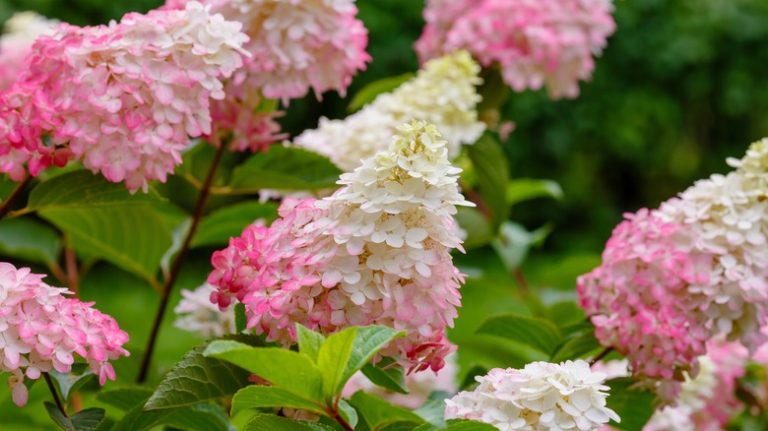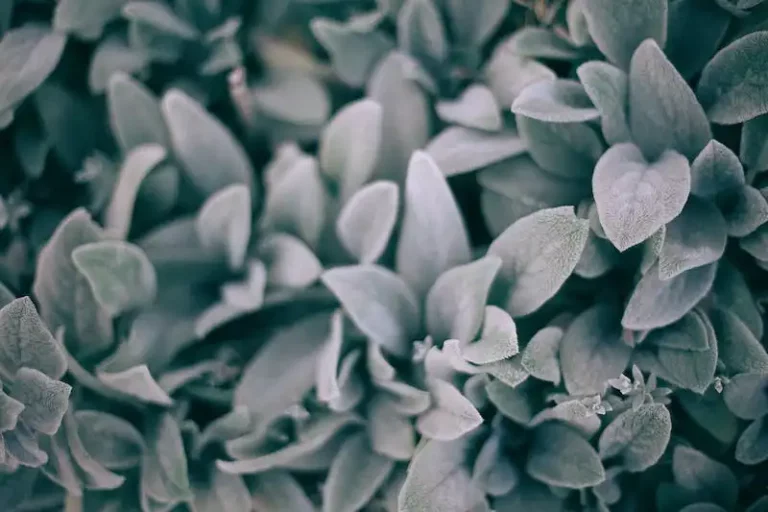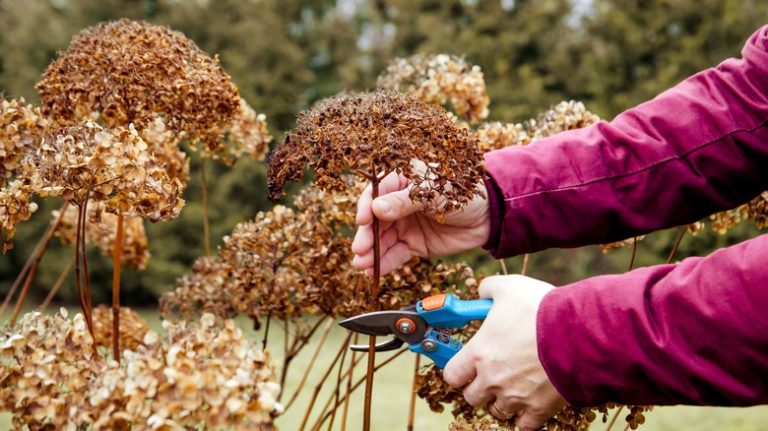If you’ve ever wanted to start a garden but weren’t sure where to begin, The Garden Helper is here to help! Whether you’re a seasoned gardener or a beginner, this website offers a wealth of information and tips to get you started on your gardening journey.
The Garden Helper is a project of the University of Florida’s UF/IFAS Extension, providing reliable and practical gardening advice for gardeners of all levels of expertise. With articles and resources covering a wide range of topics, you’ll find everything you need to know to care for your plants and create beautiful gardens.
One of the key features of The Garden Helper is its comprehensive plant care database. Here, you can find detailed information on thousands of plants, including their specific needs for light, water, soil, and fertilizer. Whether you’re looking to repot your plants, grow them outdoors, or plant them in a well-drained area, you’ll find all the information you need to ensure their health and success.
The Garden Helper also offers solutions to common gardening problems, such as pest control, disease management, and weed prevention. With step-by-step instructions and helpful tips, you’ll learn how to keep your garden pest-free and maintain beautiful, thriving plants throughout the seasons.
Whether you’re looking for guidance on growing flowers, vegetables, or herbs, The Garden Helper has you covered. From bi-colored columbines to blooming periwinkle, you’ll find information on a variety of plants that will add color and beauty to your garden. Depending on your needs and preferences, you can choose plants that grow to a foot tall or those that reach heights well above. You’ll also find information on plants that attract butterflies and hummingbirds, adding a touch of nature to your outdoor space.
So, if you’re ready to get your hands dirty and create a beautiful garden, visit The Garden Helper today. With its wealth of information and user-friendly interface, you’ll have all the tools you need to transform your outdoor space into a thriving and gorgeous garden.
How to Grow Columbine
Gardening is a fantastic hobby, and one plant that can add a touch of beauty to your garden is the columbine. Columbines are naturally colorful and come in a wide variety of varieties, each with its own unique look. They are known for their bi-colored flowers, where one color is found on the petals and another color is found on the inner part of the flower.
Before you start planting columbines in your garden, it’s important to know that they are perennials and will come back each year. They are also winter hardy, so you don’t need to worry about protecting them from the cold. Depending on the variety, columbines can reach heights of 1 to 3 feet, so make sure to plan your planting area accordingly.
Columbines can be grown both indoors and outdoors. If you choose to start them indoors, you’ll need to repot them into larger containers once they’re ready to flower. When planting columbine outdoors, make sure to choose a well-drained site and prepare the soil by adding compost to improve its fertility.
Once your columbines are in the ground, they will need regular watering throughout the summer months. You can also fertilize them every few weeks to ensure they have the nutrients they need to thrive. It’s important to note that columbines are toxic to humans and animals, so be careful if you have pets or small children.
Columbines are fantastic plants for attracting pollinators to your garden. Their unique shape and color make them especially appealing to hummingbirds and butterflies. If you live in an area where hummingbirds and butterflies are common, planting columbines can help beautify your garden and create a welcoming environment for these creatures.
The columbine is a plant that is native to the Colorado Rockies, so it’s no wonder that they thrive in mountainous areas with cooler temperatures. However, they can also grow well in other regions, as long as they are provided with the right conditions. Columbines prefer partial shade, but can also tolerate full sun if the soil is kept consistently moist.
In conclusion, growing columbines is a great way to add color and beauty to your garden. Whether you choose to grow them indoors or outdoors, these plants are sure to impress with their unique flowers and ability to attract pollinators. With a little care and attention, columbines can thrive in a variety of soils and climates.
| Gardening | Planting columbine indoors |
| Garden | Repotting columbine |
| Growing | Columbine in well-drained soil |
| Columbines | Fertilizing columbine |
| Winter | Winter hardiness of columbines |
| Varieties | Bi-colored columbine flowers |
| Control | Controlling toxic symptoms in columbines |
| Plant | Planting columbines outdoors |
| Fantastic | Fantastic colors of columbines |
| Specifically | Growing columbine in specific areas |
| Adding | Adding compost to soil for columbines |
| Plants | Attracting pollinators with columbines |
| Second | Second bloom of columbines |
| Well-drained | Choosing a well-drained site for columbines |
| Grow | How to grow columbine from seeds |
| Wide | Wide variety of columbine species |
| Side | Side effects of columbine toxicity |
| Periwinkle | Periwinkle columbine varieties |
| Flowering | Flowering time for columbines |
| Touch | Columbines that are soft to the touch |
| Sites | Choosing the right sites for columbines |
| How | How to care for columbines |
| Indoors | Growing columbines indoors |
| Foot | Height of columbine plants |
| Repot | When to repot columbines |
| Summers | Caring for columbines in the summer months |
| Other | Other plants that complement columbines |
| There | There is no such thing as a blue columbine |
| Youll | You’ll be surprised by the colors of columbines |
| Fertilizer | Choosing the right fertilizer for columbines |
| Needs | Meeting the needs of columbines |
| What | What to do if columbines are not flowering |
| Publications | Publications on columbine care |
| They | They are native to North America |
| Attract | Columbines attract only specific pollinators |
| Only | Columbines are not only beautiful, but also useful |
| Come | Columbines come in a variety of colors, including red, pink, purple, and white |
| Pointed | Pointed columbine petals give them an interesting shape |
| Scientific | The scientific name for columbine is Aquilegia |
When Where to Plant Columbine
If you’re planning to add columbine plants to your garden, it’s important to know when and where to plant them. Columbines take well to most types of soils, but they especially like rich, well-drained soil. They thrive in cool climates and are native to North America, with some varieties even originating in Colorado.
The best time to plant columbines is in early spring or early fall. Planting them in cooler weather helps them establish strong roots before the heat of summer hits. If you’re starting columbines from seeds, you can sow them directly in the garden or start them indoors to transplant later.
When choosing the location for your columbines, look for an area with partial shade. While they can tolerate full sun, columbines prefer some protection from the intense afternoon sun. They also do well in woodland gardens or as border plants. Columbines can grow to be between 1 and 3 feet tall, depending on the variety, so make sure to give them enough space to spread out.
Once your columbines are ready to be planted, dig a hole that is slightly larger than the root ball of the plant. Place the plant in the hole, making sure the root collar is level with the soil surface. Fill in the hole with soil and gently firm it around the plant, then water thoroughly. Columbines don’t need much water once established, but make sure to water them regularly during hot and dry periods.
Columbines are known for their unique spurs that resemble the shape of a dove, giving them their scientific name Aquilegia, which means “eagle-like” in Latin. These spurs not only add to the plant’s appearance, but they also serve as nectar-filled tubes that attract hummingbirds and butterflies. Columbines come in a wide variety of colors, from soft pastels to vibrant primaries, so there is sure to be one that catches your eye.
In addition to their attractive blossoms, columbines also have attractive foliage. The delicate, lobed leaves add a touch of texture to your garden, and some varieties even have variegated foliage. Columbines are also relatively easy to care for and do not require much maintenance. They are not prone to many diseases or pests, though they can occasionally suffer from leaf miners or aphids. If you notice any symptoms of these pests, there are natural control solutions available, like introducing ladybugs or using insecticidal soap.
If you want to enjoy columbines indoors, they can be grown in containers. Choose a container that is at least 12 inches in diameter and has good drainage. Use a well-draining potting mix and make sure to water thoroughly. Columbines can be grown as perennials in some areas, but in colder climates, they may need to be treated as annuals or overwintered indoors.
In conclusion, columbines are versatile, beautiful plants that can bring a touch of color and whimsy to any garden. Whether planted indoors or outdoors, they are sure to attract attention with their unique spurs and attract butterflies and other pollinators. So get ready to plant columbines and enjoy their fantastic blossoms and foliage throughout the season.
How to Grow Columbine Throughout the Season
As gardeners, we are always looking for new and interesting plants to add to our gardens. Columbine, with its unique and beautiful flowers, is a fantastic addition to any garden. However, it’s important to note that some varieties of columbine can be toxic to pets, so be sure to choose a safe variety if you have furry friends roaming around your garden.
Columbine, also known as Aquilegia, can be found in a wide variety of colors and forms. Most columbines have bi-colored blossoms, with petals that come in shades of purple, pink, blue, white, and periwinkle. Some varieties even have flowers that are a combination of two or more colors. With such a wide range of options, columbines can be a great way to add a pop of color to your garden.
When it comes to planting columbine, there are a few things to keep in mind. Columbines prefer a shady spot in the garden, so be sure to choose a location that gets partial sun or dappled shade throughout the day. Columbines also prefer well-drained soil, so be sure to amend the soil with organic matter before planting. If your soil is heavy and clayey, consider adding some sand or compost to improve drainage.
Columbines are relatively low-maintenance plants. They are drought-tolerant once established and don’t require much water. However, they will benefit from regular watering during dry spells, especially in hotter climates. Columbines are also relatively pest and disease resistant, making them a great choice for gardeners who want a fuss-free plant.
One of the great things about columbines is that they flower throughout the season. The first blooms typically appear in late spring or early summer, with flowers continuing to appear until the first frost. Deadheading spent flowers can help to promote continuous blooming and prevent self-seeding, but if you enjoy the self-seeding nature of columbines, you can leave the spent flowers in place.
Columbines are known for their attractive foliage, which adds another dimension to the garden even when the plants aren’t in bloom. The delicate, fern-like leaves are a beautiful shade of green and provide a lovely backdrop to the colorful flowers. Some varieties even have variegated foliage, adding even more interest to the plants.
If you live in a region with cold winters, you may need to provide some protection to your columbines. A layer of mulch around the base of the plants can help to insulate the soil and protect the roots from freezing. If you grow your columbines in containers, you may need to bring them indoors for the winter or provide some other form of winter protection.
Columbines are also great plants for attracting pollinators, such as butterflies and hummingbirds, to your garden. The tubular shape of the flowers and their bright colors make them irresistible to these creatures. If you’re looking to create a pollinator-friendly garden, be sure to include some columbines in your plantings.
In conclusion, columbines are a versatile and attractive plant that will add interest to your garden throughout the season. From their unique and beautiful flowers to their attractive foliage, they will surely be a standout in any garden. If you’re ready to add columbines to your garden, be sure to choose a variety that suits your gardening needs and follow the planting and care instructions specific to that variety. Happy gardening!



